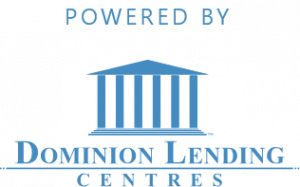Insured and Uninsurable Mortgages?
Mortgage rate pricing is based much on insurance:
Insured and uninsurable mortgages will determine the rate that a lender will offer for your mortgage. This will depend heavily upon the lender’s ability to finance their own operation in the background. It’s important to understand the key aspects when your mortgage broker will discuss uninsurable and insurable mortgage products.
What is an Insured Mortgage?
Insured mortgages are covered by mortgage default insurance through one of three insurers – CMHC, Genworth or Canada Guaranty. A premium is added to the mortgage amount. The amount is a percentage of the loan based on the loan to value ratio with a down payment of less than 20%. These mortgages are most favored by the banks and are reflected by the best rate offers. The maximum amortization allowed for an insured mortgage is presently 25 years.
What is an Insurable Mortgage?
Insurable mortgages do not necessarily require an insurance premium when you are providing a down payment larger than 20%. However, if the insurers rules allow, the lender has the option to obtain insurance themselves. As a result, the borrower rarely knows if and when their mortgage is officially insurable. The maximum amortization will be limited to 25 years, similar as an insured mortgage would be.
Finally, Uninsurable Mortgages
Uninsurable mortgages do not meet the insurers rules; such as refinances and mortgages with amortization longer than 25 years. This is arguably the biggest difference between insured and uninsurable mortgages. As a result, no premium is paid by either the borrower of the lender to obtain default insurance. The risk with this type of mortgage is passed onto the borrower via higher interest rates. Having said that, uninsurable mortgages are often far more flexible in terms of borrowing guidelines. We are happy to discuss the distinct differences in those borrowing guidelines.


